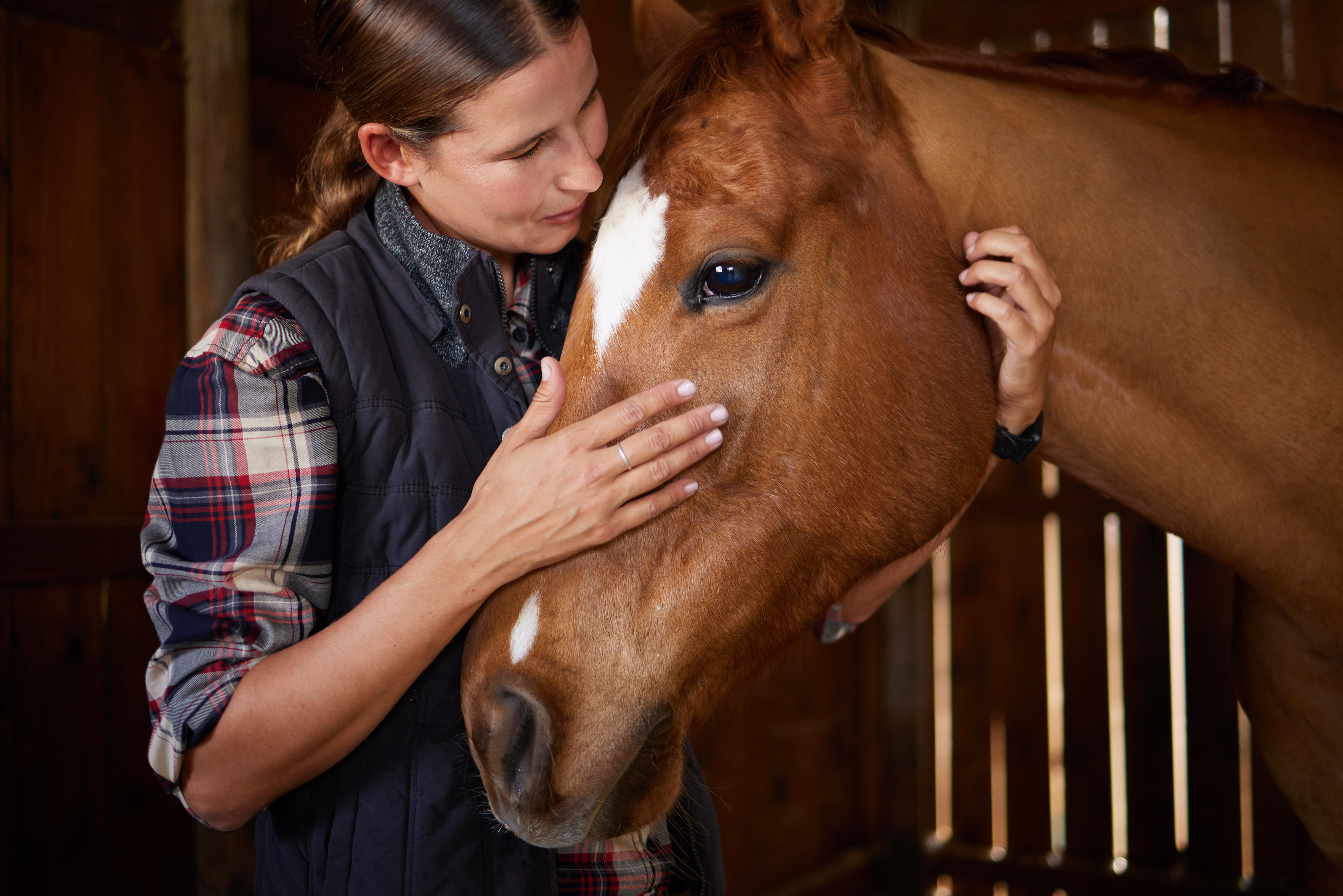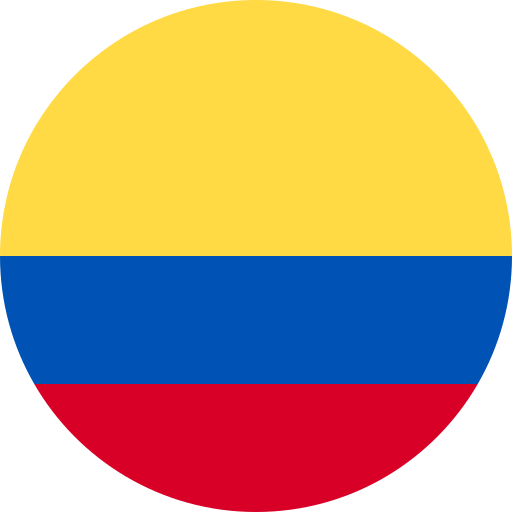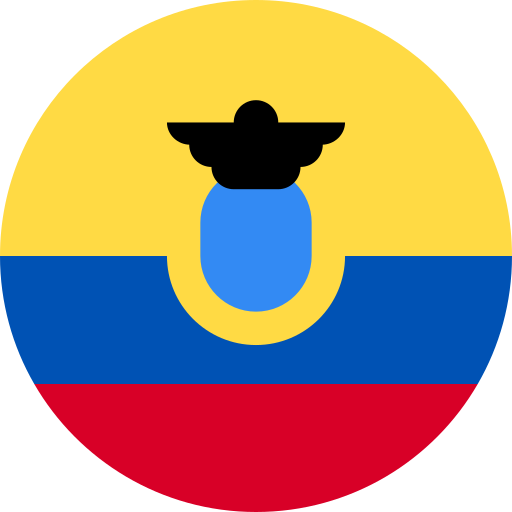Disease Overview
Equine herpesvirus type 1 (EHV-1) and equine herpesvirus type 4 (EHV-4) infect the respiratory tract, causing disease that ranges from minor to severe. EHV-1 can also cause late-term abortions, early foal death and neurologic disease. EHV can affect horses of any age, with most horses exposed at a young age and becoming latent carriers for life. Stress (transportation, foaling, surgery, other diseases) can cause activation of latent EHV, causing clinical signs and shedding of virus via nasal secretions.
Merck Animal Health Solutions
PRESTIGE® 5
PRESTIGE® EHV 1/4
PRESTIGE® PRODIGY®
PRESTIGE® 2
PRESTIGE® 5 + WNV
Transmission Parasite Life Cycle
EHV spreads directly in aerosolized droplets dispersed by coughing or direct contact (nose-to-nose). It spreads indirectly through fomite transmission—hands, clothing, vehicles and trailers, stalls, and common-use articles such as brushes, buckets and bits can all spread EHV-1. It can also be transmitted through contact with placental and fetal fluids and tissues from fetuses aborted due to EHV-1.
Clinical Signs
- Fever (>101.5°)
- Coughing
- Nasal discharge
- Lethargy/depression
- Neonatal death (most commonly associated with EHV-1)
- Late-term abortion (7+ months) (most commonly associated with EHV-1)
Risk Factors
- Travel
- Frequent contact with large numbers of horses
- Exposure to horses that have traveled
- Compromised or immature immune system
References
“Equine Herpesvirus (Rhinopneumonitis),” American Association of Equine Practitioners, copyright 2021,
aaep.org/risk-based-vaccination-guidelines/equine-herpesvirus-rhinopneumonitis.
“Equine Herpesvirus type 1 (EHV-1) Respiratory and Reproductive Disease Quick Facts,” Merck Animal Health, copyright 2021,
www.merck-animal-health-equine.com/styles/images/programs/EHV_Infographics.pdf




 Go To United States
Go To United States Algeria
Algeria Argentina
Argentina Australia
Australia Austria
Austria Bahrain
Bahrain Belgium (Dutch)
Belgium (Dutch) Brazil
Brazil Canada (English)
Canada (English) Chile
Chile Colombia
Colombia Croatia
Croatia Czech Republic
Czech Republic Denmark
Denmark Ecuador
Ecuador Egypt
Egypt Finland
Finland France
France Germany
Germany Greece
Greece Hungary
Hungary India
India Indonesia
Indonesia Iraq
Iraq Ireland
Ireland Israel
Israel Italy
Italy Japan
Japan Jordan
Jordan Kuwait
Kuwait Lebanon
Lebanon Malaysia
Malaysia Mexico
Mexico Morocco
Morocco Netherlands
Netherlands New Zealand
New Zealand Norway
Norway Oman
Oman Panama
Panama Peru
Peru Philippines
Philippines Poland
Poland Portugal
Portugal Qatar
Qatar Romania
Romania Russian Federation
Russian Federation Saudi Arabia
Saudi Arabia South Africa
South Africa South Korea
South Korea Spain
Spain Sweden
Sweden Switzerland (French)
Switzerland (French) Taiwan
Taiwan Thailand
Thailand Tunisia
Tunisia Turkey
Turkey Ukraine
Ukraine United Arab Emirates
United Arab Emirates United Kingdom
United Kingdom Uruguay
Uruguay Yemen
Yemen Global
Global